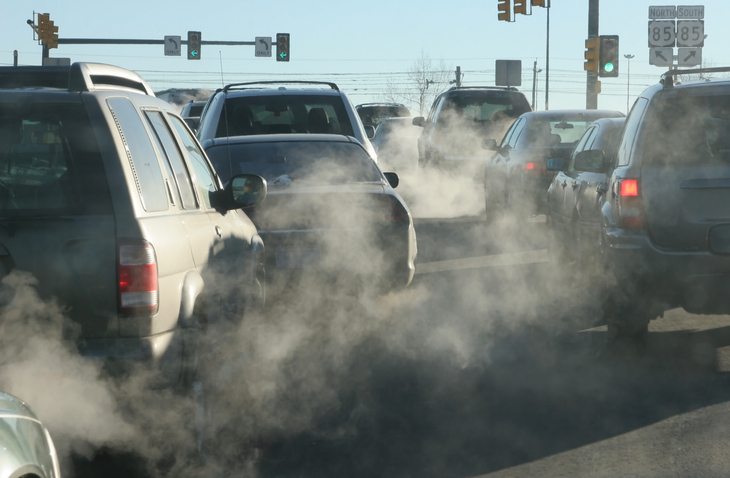Recently, there’s been much discussion about the potential benefits that artificial intelligence can bring to climate change regulation.
For example, advanced technology, such as satellite data, is being used to identify large emission events — (see ELM’s recent methane rule finalization coverage here and ELM’s previous AI coverage here). AI also is being used to monitor rising sea levels along the United States’ coastlines — (see ELM’s previous sea level coverage here).
Less consideration, however, has been given to the potential adverse impacts …
Continue Reading









